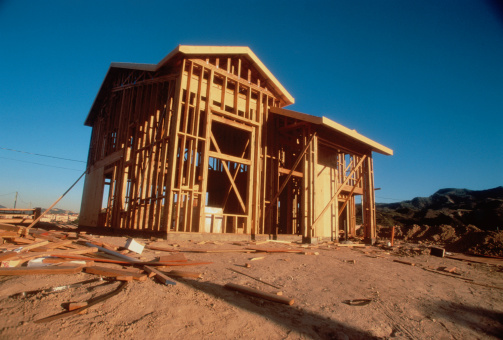
By Hamilton McCulloh
There’s no doubt that the U.S. is experiencing a widespread housing crisis, but the issue isn’t just about affordability. Experts who’ve spoken with me and my team estimate that the country is underbuilt by millions of units. While there is a wide range of projections, Moody’s Analytics estimates there is a shortfall of at least 1.1 million single-family housing units. And I’ve seen many estimates that there will be demand for that many new homes each year through 2030.
There are a few factors at play, according to Walton Global, a real estate investment and land asset management company. Millennials, a generation that currently makes up nearly a quarter of the U.S. population, are in their prime years for family formation and are seeking to buy their first homes. We are seeing migration to more affordable regions in the south where there is more abundant and affordable land. Add to that, the market has been undersupplied for more than 10 years, coming out of the Great Recession.
Homebuyers and housing starts
Homebuilders have some control over what they market to the consumer. For example, some are building smaller-footprint homes to keep the total price competitive and expediting the time it takes to construct the home, while others are buying down mortgage rates to offer sub 6% to their homebuyers.
This is playing out in slightly depressed housing starts, which impacts that supply side of the equation. According to the February figures from the United States Census Bureau, housing starts, which impact that supply side of the equation, were up to a seasonally adjusted rate of 1,521,000, a 10.7% increase from January and up 5.9% year over year. Additionally, completed houses were seasonally adjusted to 1,729,000, an increase of 9.6% from 2023. Homebuilders are responding to the demand as quickly as possible by identifying land and finding efficiencies in the construction process.
Business Journals Leadership Trust is a vetted network of influential business leaders, executives and entrepreneurs in your community.
Total housing supply
The inventory of resale homes is at historic lows, as many are not moving if they have a mortgage rate below 5%. As a result, new homes are needed to fill the demand even more so than in previous cycles.
The total housing supply, resale and new builds remains alarmingly low, according to John Burns Research and Consulting. There are just over 1.5 million homes on the market, with a much larger proportion of them being in new developments.
These figures may lead the consumer or casual investor to think that developers and builders are in a Field of Dreams “if you build it, they will come” moment. But it’s not that simple. From public companies with shareholders pushing for returns to investment firms that have various funds looking at exit windows, the short-term reality is that supply will struggle to keep up with demand for many years to come.
The National Association of Homebuilders, which pegs the nationwide shortage at about 1.5 million units, does expect things to rebound, slowly. While interest rates are expected to see cuts in 2024, costs are still up significantly, and it could be a couple years before they become more attractive. And according to NAHB Chief Economist Robert Dietz, we need to build those 1.15 million single-family homes each year to reduce the housing deficit.
Final thoughts
One capital markets expert I recently spoke with was clear that over a long enough timeline, housing is a safe bet for investors. That said, a combination of uncertain interest rates, increased material and labor costs plus inflation may make development appear less attractive in the near term.
One thing is certain, our population continues to grow, and many are able to relocate to emerging, more affordable markets. I believe demand will continue to push supply for quite some time to come.
Story originally posted on: The Business Journals